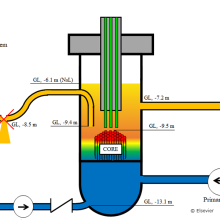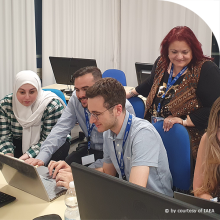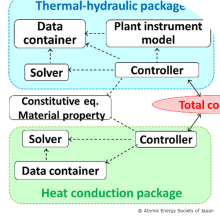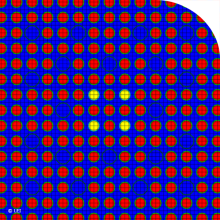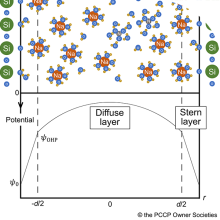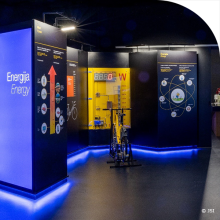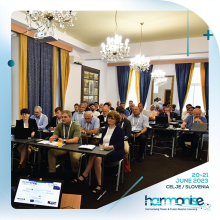News from ETSON and its members*
In January 2023 Italy registered National Assistance Capabilities to the IAEA Response and Assistance Network, RANET. These capabilities are provided by ENEA and offered to requesting Member States.
The tests at all power level were carried out successfully and the complete functionality of the 3rd unit and the achievement of the project parameters was confirmed by a 144-hour trial run at full power, which will finalize the energy start-up stage.
Severe accident code, AZORES, is coupled with plant dynamics code for SFRs, ADYTUM. Accident progression between coupled and single AZORES simulations differs significantly.
Lithuanian Nuclear Energy Association in co-operation with the Lithuanian Academy of Sciences and Lithuanian Energy Institute organized the international conference "New Trends of Nuclear Reactors: Small Modular Reactors. Experience of Leading Countries and Developers” with participation of representatives from 5 ETSON organisations (LEI, JSI, VTT, ENEA, EK-CER).
Joint ICTP-IAEA INPRO School aims to provide knowledge and basic practical experience by training on INPRO concept of nuclear energy sustainability, INPRO tools and methods on assessment and analysis of nuclear energy systems. Last Joint ICTP-IAEA INPRO School was held in 12-16 June 2023, at the ICTP’s headquarters, Trieste (Italy).
A system analysis code AMAGI (Advanced Multi-fluid Analysis code for Generation of thermal-hydraulic Information) has been developed as a best estimate code from its basic design. In the calculations using AMAGI on the void fraction experiments, technical knowledge was obtained on the differences between the AMAGI and TRACE models for each phenomenon and their impacts on the results.
The Lithuanian Energy Institute contributes to the numerical analysis of activation and fission products in irradiated cladding material of the PWR spent fuel assembly.
NRA has conducted a joint research program with the University of Tokyo to clarify how the pore sizes affect the adsorption reactions of different ions.
In 2022/23 an extensive refurbishment of the permanent exhibition on nuclear technology at the Nuclear training centre ICJT, JSI, took place: a new graphical design, a significantly larger number of interactive exhibits, a new lecture room for demonstration of radioactivity experiments.
The activities of the HARMONISE project (Towards harmonisation in licensing of future nuclear power technologies in Europe) aim to pave the way towards harmonisation of approaches to effective licensing of innovative fissions and fusion power plants.
Pagination
Stay informed - subscribe to our newsletter.
Copyright · All rights reserved













